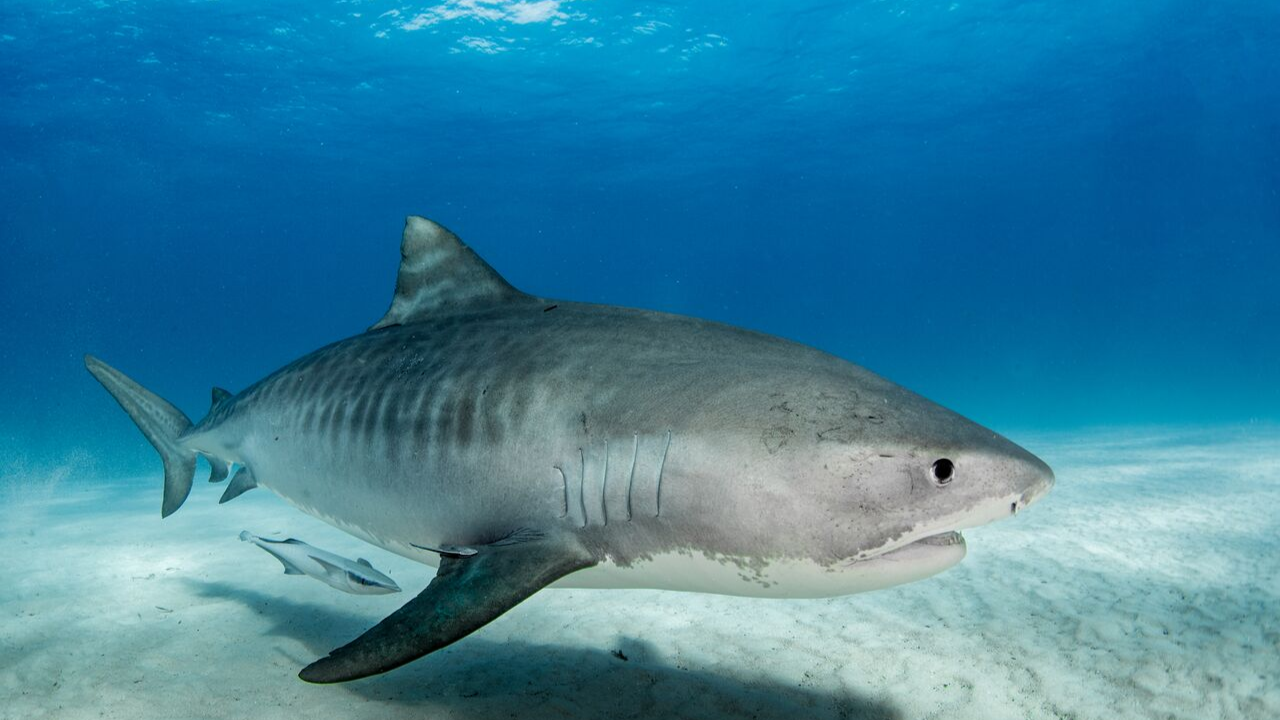In September 2019, Dr. Austin Gallagher, Chief Scientist and CEO of an organization called Beneath the Waves reached out to us to talk about helping them with their mission to advance the conservation of sharks and the habitats they occupy through cutting edge, policy-relevant scientific research. He and our Executive Director, Todd Kincaid, quickly zeroed in on a vision that both our organizations share, protecting our oceans through the designation of Marine Protected Areas (MPAs) and other forms of spatial conservation. Beneath the Waves (BTW) works toward this goal by identifying and delineating shark habitats; evaluating and documenting the impacts of humans on threatened species and ecosystems; creating a better understanding of shark conservation needs; delineating and advocating for MPAs that help to meet those needs. They’re current work is primarily focused on tagging sharks and then using their tracks to identify and justify conservation areas.
While tagging sharks isn’t exactly up PB’s alley, though plenty of our divers would likely be keen to try, Dr. Gallagher described a way we can help and in so doing expand their effort across the globe as well. The key is something called “environmental DNA” or “eDNA” for short. Turns out that as various different types of organisms interact with their environment, they shed DNA into their surroundings; things like feces, mucus, skin, and scales. These trace samples can be filtered from the water and analyzed to reveal exactly what types of organisms have been recently present. Dr. Gallagher team at BTW intends to use eDNA to expand on their shark tagging work and thereby expand their ability to identify shark habitats and migration routes. These data will then be used to expand their effort to identify and advocate for MPAs.
Enter Project Baseline…
Imagine if all the PB teams operating in or capable of working periodically in marine waters, could collect and provide eDNA samples to BTW. We could literally take Dr. Gallagher’s work worldwide overnight – well nearly overnight anyway. The collaboration process will likely look something like these steps:
- Identify participants and the locations, depths, and frequencies at which PB divers could collect samples;
- Select participants based on information collected from Step-1 and budget;
- BTW will develop a sampling kit and instruction manual/video that will be sent to all PB participants;
- Participants will collect water samples, filter the samples using materials provided in the sampling kit then dry, seal and send the filters to BTW;
- BTW scientists will process the samples for eDNA; and
- PB and BTW will post the results thereby expanding the global baselines for shark populations.
At least for a while, this work will be focused on a subset of the areas in which PB divers operate that BTW identifies most critical. The Mediterranean and adjacent seas have already been identified as a likely focus areas. Samples collected from the mesophotic zone (50-100+ meters) would be most unique but samples from shallower depths areas will be sought as well.
This is a great opportunity for PB. We’re engaging Steps 1 and 2 now so if you’re interested in participating, please click the link below to complete the intake form!
CLICK HERE TO COMPLETE THE BENEATH THE WAVES COLLABORATION INTAKE FORM
We’re looking forward to hearing from you and to getting this party started!
